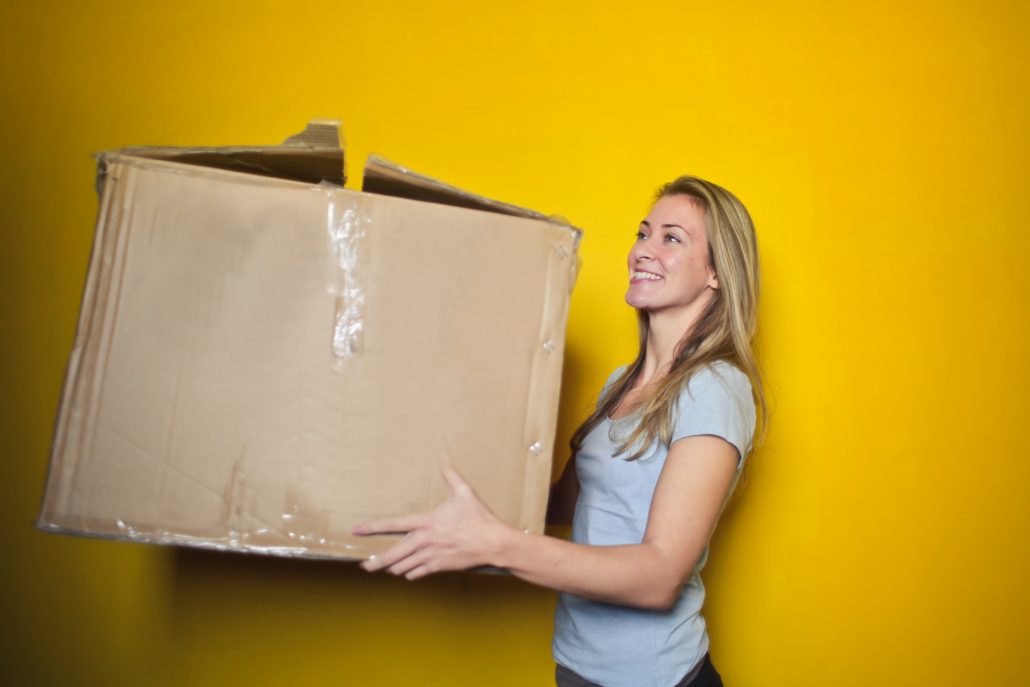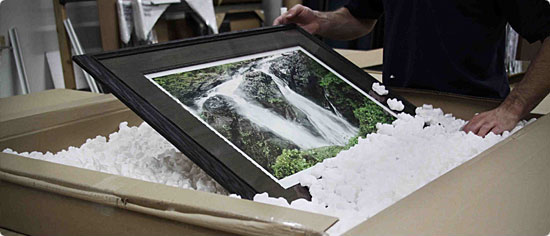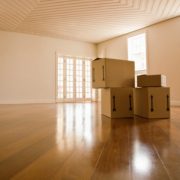What to Unpack First When You Move to Make Life Easier
So you just moved your last box into your new home and you take a look around only to see mountains upon mountains of furniture, boxes and knickknacks stacked as far as your eye can see. If just the thought of this sight is overwhelming enough to make you want to head out the door and back to your old home, don’t worry. With a little preparation, planning and an unpacking strategy, this moving nightmare can easily be avoided.
To help you avoid an unpacking disaster, we broke down what to unpack first, and listed out what you should be doing at each step of the process as well as where exactly to start with the whole thing. Just remember, you can’t unpack everything in a day, so take your time and know that everything will soon be unpacked and back to normal!

Photo by bruce mars from Pexels
Check your Inventory List
First and foremost, refer to your moving inventory list that you created when you or your movers were packing up your previous home. This list should have corresponding numbers or labels to each box that was moved. This will help you to easily reference which box goes where and the contents of each one, as well as helping you to make sure that each box is accounted for.
Sort Out Your Boxes
The best way to start the unpacking process is by sorting each box into the appropriate room where they belong. This is where it’s important to make sure everything is properly labeled during the moving process, so you can save time and effort.
Unpack the Essentials
The best way to prep for a move is to have each family member pack an essentials box that has everything they need for the first few days in your new home. This should include toiletries, clothing, pajamas, towels and work essentials like a laptop or briefcase. For younger children, this should also include their toys or games to keep them occupied and help them feel a little more at home. Once you and your family members unpack this bag, you can move on to tackle the next set of boxes.
Unpack the Larger Items First
Before you can start putting your clothes away, you need a dresser to put them in. This is why unpacking and arranging larger items such as your bed, dresser, tables and couches should be one of your first few steps.
Decide What to Unpack Next
You’ll want to either unpack the kitchen or the bedrooms next, depending on what time it is. If you still have several hours before bedtime, you should start by unpacking the kitchen first and then moving on to setting up the bedrooms and the bathroom. If it’s late afternoon or nighttime, you’ll want to immediately start setting up the beds and unpacking your bathroom supplies so that you can shower and go to sleep. Trust us, you’ll be exhausted!
When unpacking the kitchen, start out by hooking up your major appliances like your fridge and stove as well as smaller ones like your toaster and coffee maker. Next, you’ll want to unpack any food you brought with you. After you’ve done this, you’ll want to line your cupboards and move on to unpacking your plates, glasses, silverware etc.
For the bedrooms, start out by setting up the beds and making them comfortable with sheets, a comforter, blankets and pillows. Next, unpack your nightwear and make sure you and your family have clothes for the next morning. You’ll also want to make sure you have your lamps and alarm clocks set up! After this is done, you can move on to the bathroom and unpack the toilet paper, soap and shower essentials.
Tackle Each Room One By One
After you’ve unpacked the essential rooms, go through each other room one by one and unpack and place all of your items in their new home. Experts suggest that you start placing any wall décor or room decorations early on, so you can make it feel home-like.
During this process, make sure you are unpacking everything as methodically and as organized as possible. If you have an item that you’re not quite sure where to put, don’t leave it in the box. This will only feel messy and will hinder the process later on.
Tackle Storage Places Last
The last rooms you should unpack are the garage and the basement. Since most of the items in these rooms aren’t everyday essentials, you have some wiggle room on tackling these areas. Set aside a few hours each night or on the weekends to finish up these last few areas.










